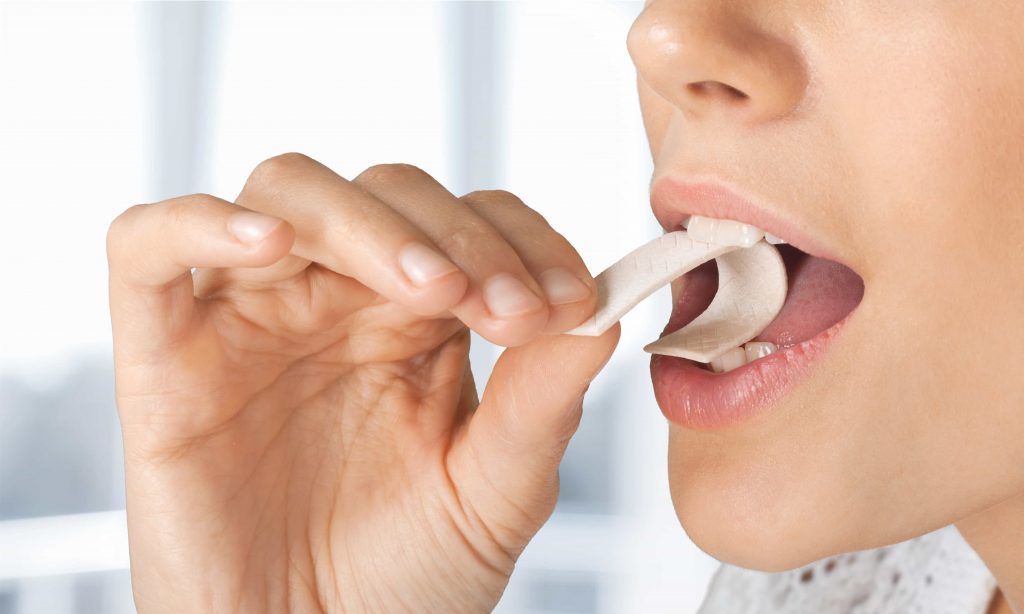Are you experiencing pain or discomfort in your jaw, face or neck? TMJ Disorder could be what’s causing it—but what is it and how can you treat it?
In this guide, we’ll provide a comprehensive overview of what TMJ Disorder is, some common causes, and the most suitable methods to treat the condition.
The Temporomandibular Joint (TMJ) is the joint that connects your lower jaw (mandible) to the skulls’ temporal bones, just in front of your ears. Like the hip joint, the TMJ is a ball and socket joint which is supported by four ligaments and a cushioning disk, which allows you to open and close your mouth and to eat and speak.
For various reasons, the TMJ can experience pain, tenderness and discomfort which can be uncomfortable and make it difficult to perform basic tasks such as chewing or even talking. In most cases, any pain or discomfort experienced in or around the jaw joint will be diagnosed as TMJ Disorder, also known as TMJD or simply TMD.
A range of factors can contribute to the development of TMD, which can make it difficult for dentists and other medical professionals to identify the exact underlying cause.
Typically associated with muscle tightness and inflammation, TMD is commonly triggered by factors including:
Factors such as poor diet, lack of sleep and the use of orthodontic braces are also believed to contribute to the development of TMD.
TMD is a very common disorder with between 60-70% of the population experiencing signs of the condition to some degree, however, the condition is most likely to affect:
While TMD is quite common, in most cases the severity of the condition is minimal, with only 5-12% of the population requiring medical treatment to treat its symptoms.
TMD can present itself differently in each patient, however, the most common symptom of the condition is pain or tenderness in or around the jaw joint, which could be temporary or could last for many years.
Some other common symptoms of the condition include:
In some cases, TMD can also cause blurred vision, dizziness or vertigo, shoulder pain and locking or dislocation of the jaw.
As there aren’t any standard tests which can be used to diagnose TMD, your dentist or medical professional will usually check for symptoms of TMD, including swelling or tenderness in the jaw.
They should also consider your medical history to look for any factors which could be contributing to your condition. An X-ray, CT scan or MRI may also be requested to further examine the bones and joint tissues and check for any structural issues.
In some cases, it may be found that a patient’s symptoms are being caused by another condition such as trigeminal neuralgia, swollen lymph nodes, salivary gland disease, giant cell arteritis or something else.
Prevention is always better than a cure, and by avoiding some common triggers of TMD, you may be able to prevent the onset of the condition entirely.
Some things you can do to prevent TMD from developing include:


Many cases of TMD are temporary in nature and will resolve on their own without ever requiring treatment. However, in cases where symptoms don’t subside on their own, medical intervention may be required.
There are several schools of thought among industry professionals about what is the best way to treat TMD—while some practitioners prefer to jump straight to prescribing traditional treatment methods which tend to be quite invasive and generally irreversible, most practitioners now prefer to attempt treating TMD using newer, less-invasive methods in the first instance before considering more invasive treatment methods.
In our experience, the symptoms of TMD can almost always be addressed using non or minimally-invasive nonsurgical treatment methods.
At Beacon Cove Dental, some of the gentle therapeutic treatments we often include in our patient’s TMD treatment plans include:
In most cases, these gentle therapeutic methods are enough to provide dramatic relief from TMD symptoms without the need for more invasive surgical or other treatments.
If after trying a range of gentle TMD therapies your dentist evaluates your condition and finds that additional treatment is required, there are a few treatment options they may consider, including:
In each case, these treatments are irreversible and are not guaranteed to effectively treat your symptoms. For this reason, you should always seek a second opinion before committing to one of these procedures.
At Beacon Cove Dental, we always adopt a gentle approach to treating TMJ Disorder.
Our team of experienced dentists always opt for more conservative methods of treatment in the first instance, only ever considering more invasive treatment options as a last resort if absolutely necessary.
With a highly personal approach and customised treatment plans, we’ll recommend the most suitable form of therapy to provide rapid and long-lasting relief from TMD symptoms based on your individual circumstances and medical history.
Find out more about our holistic dentistry clinic or contact us to arrange a consultation.
Whether you’re overcoming fear, planning your RENOVATE YOUR TEETH FOR RETIREMENT, or just want a thorough check-up you can trust — we’re here.
Book your comprehensive consultation today and take the first step towards a stronger, healthier, more empowered YOU.
Monday – Friday 8.30am – 5.30pm
Saturday (Monthly) 8.30am – 1.30pm
Call to make an appointment.
Suite 6A 105 Beach Street
Port Melbourne, Victoria 3207
FREE Parking on Beach St